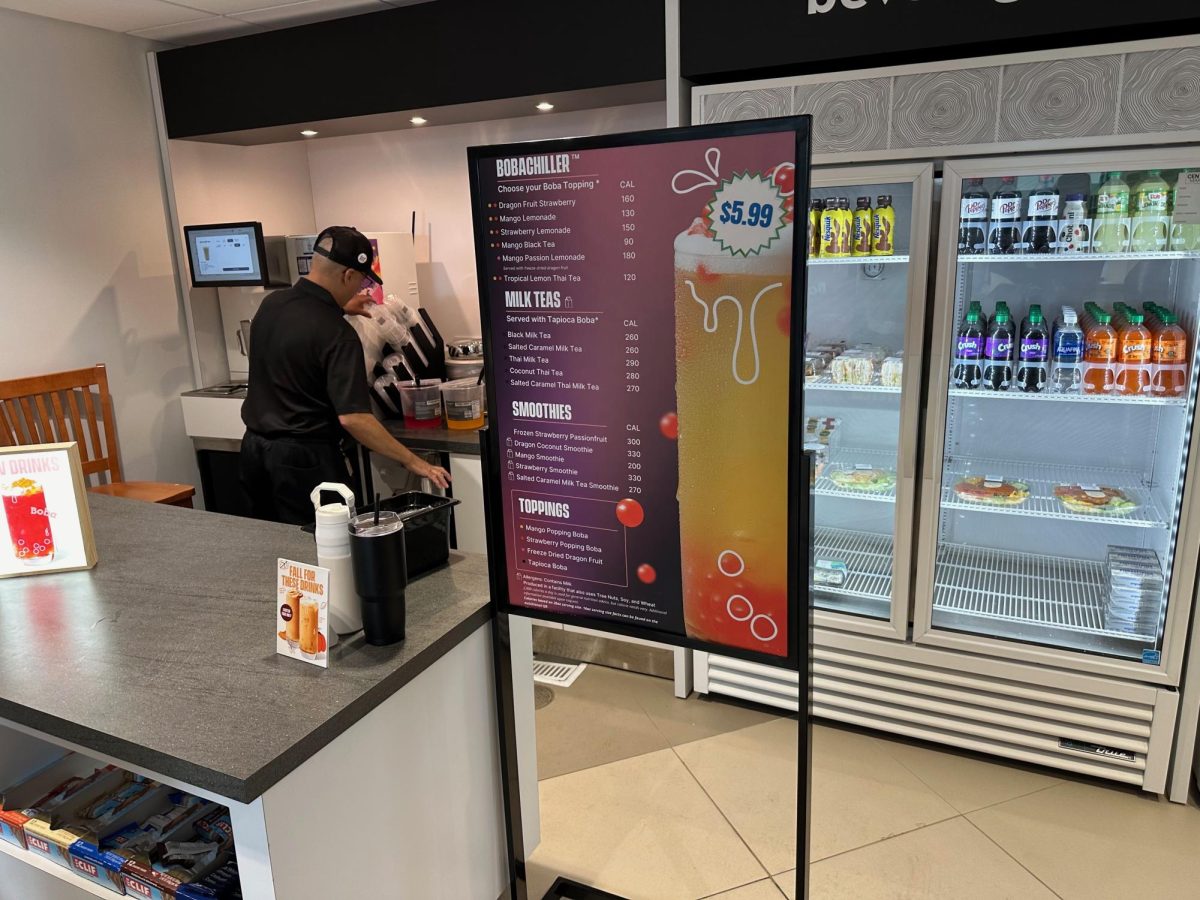By Matt Kiernan
Health services is fighting off the waves of H1N1 that have been predicted to occur from summer until spring, providing vaccination clinics to students.
“It’s really been an incredible collaboration of resources,” said Dr. Christopher Diamond of Health Services.
Residential assistants and students in the nursing program have contributed in the clinics to help give the vaccinations. So far Health Services has given out 500 vaccinations, and it’s looking to order 200 more in the coming weeks.
“There’s been a really good turn out,” said Diamond. “All the clinics have been very well attended and people have been very good about it.”
Although last Monday went through most of the vaccinations available, Diamond says Health Services can check to see if a student has a risk of contracting H1N1 and determine if they should receive the vaccine.
“It’s a great vaccine and we know the strand of flu that we’re looking to protect against,” said Diamond.
Diamond says that every year is a guess and at the end of the year, doctors determine if their guess was correct as to what they needed to protect against. This time though, doctors know the specific virus they’re fighting off.
Summer was seen as the first wave of the virus and we’ve just ended the second wave. It is expected that we will have a third wave and the campus is seeing three times the level of normal flu symptoms for October.
Students should also stay alert. Basic cleanliness and courtesy towards others is needed to keep the virus from spreading.
Most students who contract H1N1 will be asked to go home, but those who live further away will be given temporary housing in the trailer on campus designated for students to isolate themselves voluntarily from others.
Most students will have the virus for two to five days and it is seen as a moderate illness, but doctors are still unsure as to what makes the illness so aggressive.
When students go to Health Services describing flu-like symptoms such as body aches and sore throats, Diamond says four out of five times they have the flu. When tests come back negative, Diamond says the test is usually wrong and still believes the students has the flu.
Eighteen percent of cases in Health Services two weeks ago were involved with flu and 12 percent of cases last week involved flu.
If time slots for appointments are completely booked at Health Services and a student can’t be seen, nurses are preparing to call patients and give advice on how to take care of themselves.
“If we can’t see you, we will try to guide you in what you need,” said Diamond.
There will be more clinics held in the coming weeks, although the dates are uncertain.


